With the advancement of science and technology and the continuous improvement of people's quality of life, various types of home appliances are emerging one after another, the scale of production is expanding, and the structure is becoming more and more complex. People are constantly being exposed to a complex electromagnetic environment and may be exposed to electromagnetic interference at any time. At the same time, home appliances are both the receiver of electromagnetic interference and the emitter of electromagnetic interference. The mutual interference and interference result make the home appliance itself have safety and reliability problems. Electromagnetic compatibility (EMC) has become an important indicator for measuring the quality of home appliances. To this end, most countries and regions in the world have incorporated electromagnetic compatibility into the national legal management and environmental protection of home appliances, and formulated mandatory international standards, national standards and industry standards for electromagnetic compatibility.
In order to ensure that home appliances can work properly in an increasingly complex electromagnetic environment and do not interfere with other electrical and electronic equipment in the surrounding environment, it is necessary to test their electromagnetic compatibility. Its test items can be divided into electromagnetic interference (EMI) and electromagnetic immunity (EMS). EMI is an electromagnetic disturbance caused by testing home appliances that may cause degradation or damage to other devices. EMS is a test of the resistance of home appliances to electromagnetic disturbances from inside or outside the product.
The main criteria are as follows:

EMC testing items required for EMC testing of home appliances include: electromagnetic interference (EMI) and electromagnetic immunity (EMS).
Electromagnetic Interference (EMI) Test Project:

Electromagnetic Immunity (EMS) Test Project:

3D printing on the pen machine is mainly used in 3 d printing pen, is made from a special custom Dc Gear Motor, mainly used in 3 d printing pen, pen 3 d printing machine has been updated three generations according to the requirements of product.
3D Printing Motor product introduction:
The 3D Printing Motor is based on the deceleration Motor, coupled with supporting gears and ball bearings.The role of the gear reducer is to provide lower speed and greater torque.At the same time, gear box different deceleration ratio can provide different speed and torque.It's mostly rolling.
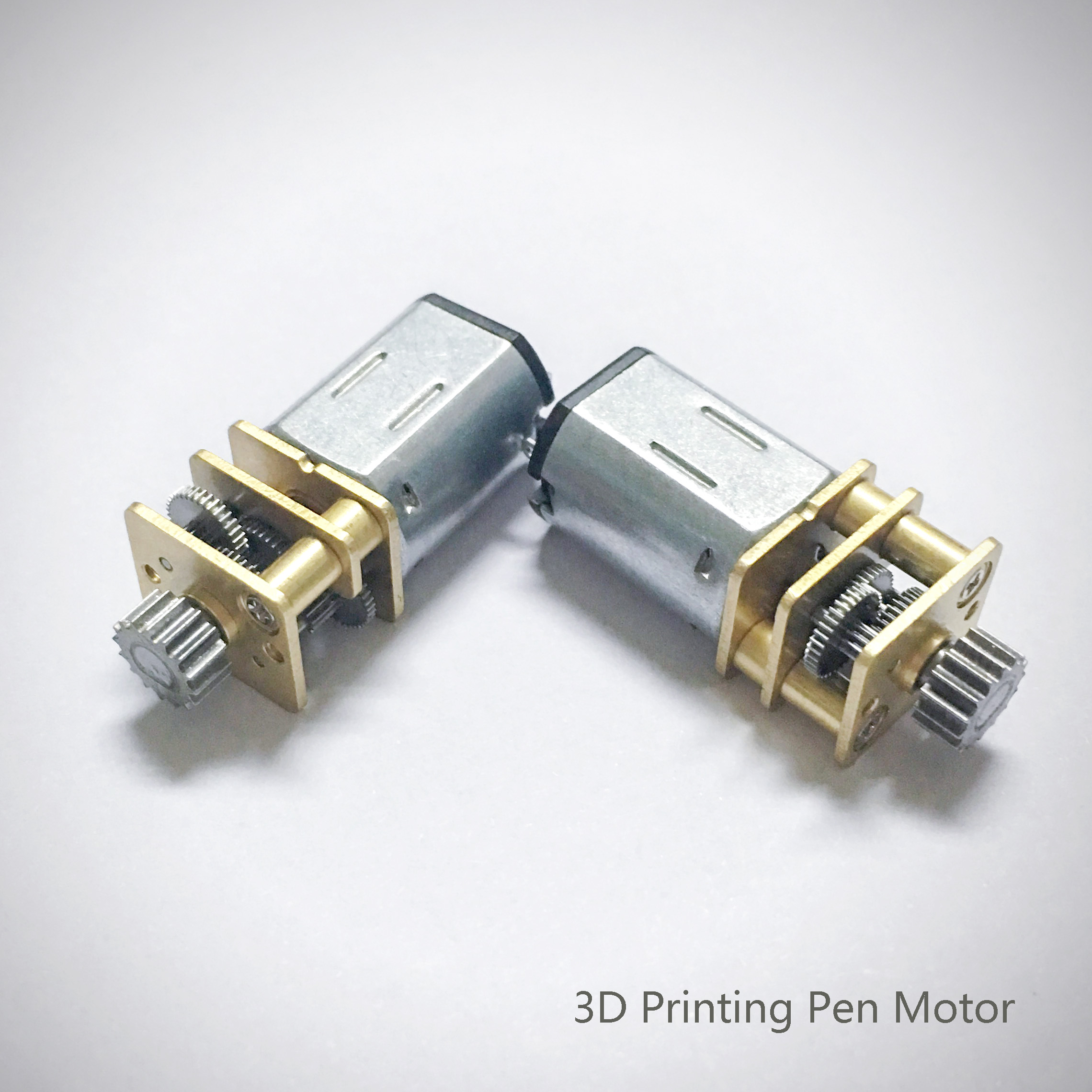
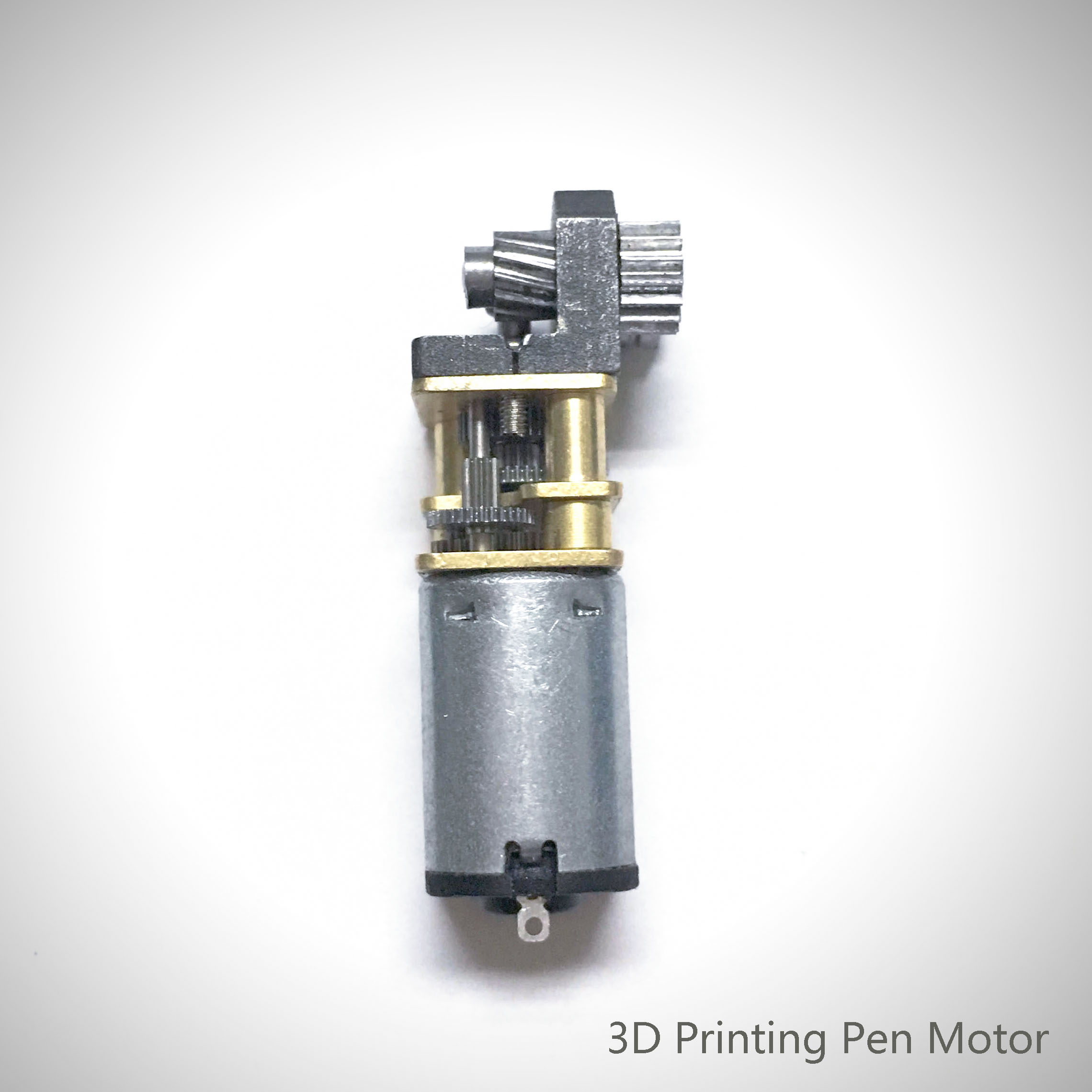
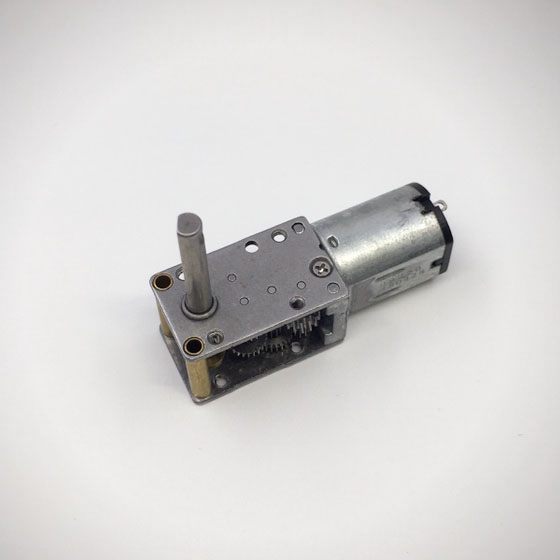
Features: 3D Printing Motor, small size, large torque, low noise, durable, low energy consumption, customized power design, convenient installation and maintenance;
Simplify design and save space.
Features: usually used financial equipment, office equipment, electronic locks, wireless charger, remote control toys, precision instruments and meters, automobile industry, medical equipment, consumer electronics, household appliances, electric glass doors and Windows, etc., wide application range
Method of use: the best stable in horizontal plane, installed on the 3D Printing Motor output shaft parts, cannot use a hammer to knock, knock prone to press into the 3D Printing Motor drive, may cause damage to internal components, and cannot be used in the case of blocked.
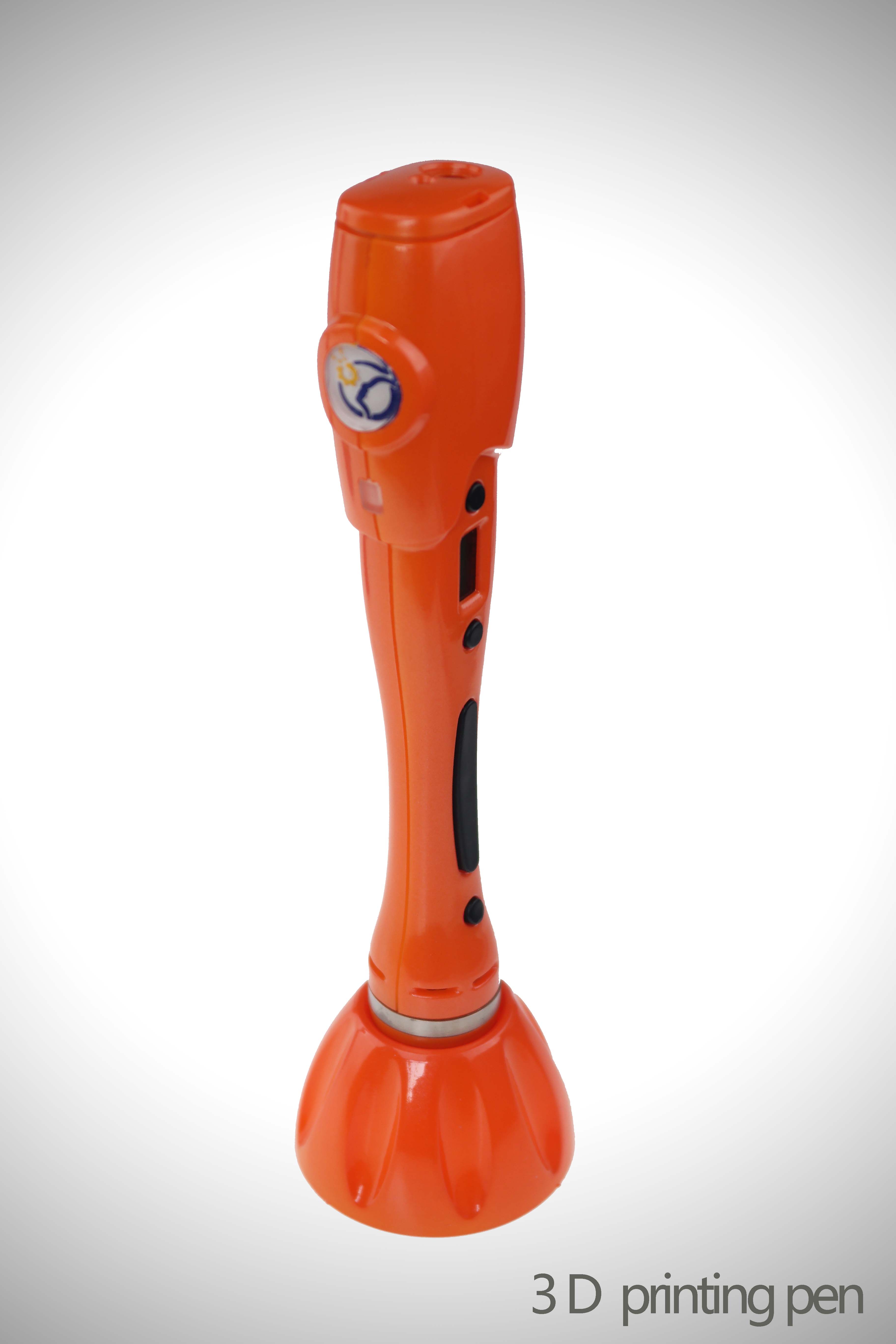

Operating temperature range:
3D Printing Motor should be used at a temperature of -10~60℃.
The figures stated in the catalog specifications are based on use at ordinary room temperature catalog specifications re based on use at ordinary room temperature (approximately20~25℃.
If a 3D Printing Motor is used outside the prescribed temperature range,the grease on the gearhead area will become unable to function normally and the motor will become unable to start.Depending on the temperature conditions ,it may be possible to deal with them by changing the grease of the motor's parts.Please feel free to consult with us about this.
Storage temperature range:
3D Printing Motor should be stored ta a temperature of -15~65℃.
In case of storage outside this range,the grease on the gearhead area will become unable to function normally and the motor will become unable to start.
Service life:
The longevity of 3D Printing Motor is greatly affected by the load conditions , the mode of operation,the environment of use ,etc.Therefore,it is necessary to check the conditions under which the product will actually be used .The following conditions will have a negative effect on longevity.Please consult with us should any of them apply.â—Use with a load that exceeds the rated torque
â—Frequent starting
â—Momentary reversals of turning direction
â—Impact loads
â—Long-term continuous operation
â—Forced turning using the output shaft
â—Use in which the permitted overhang load or the permitted thrust load is exceeded
â—A pulse drive ,e.g.,a short break,counter electromotive force,PWM control
â—Use of a voltage that is nonstandard as regards the rated voltage
â—Use outside the prescribed temperature or relative-humidity range,or in a special environment.
â—Please consult with us about these or any other conditions of use that may apply,so that we can be sure that you select the most appropriate model.
when it come to volume production,we're a major player as well .each month,we rurn out 600000 units,all of which are compliant with the rohs directive.Have any questions or special needed, please contact us, we have the engineer group and best sales department to service to you Looking forward to your inquiry. Welcome to our factory.
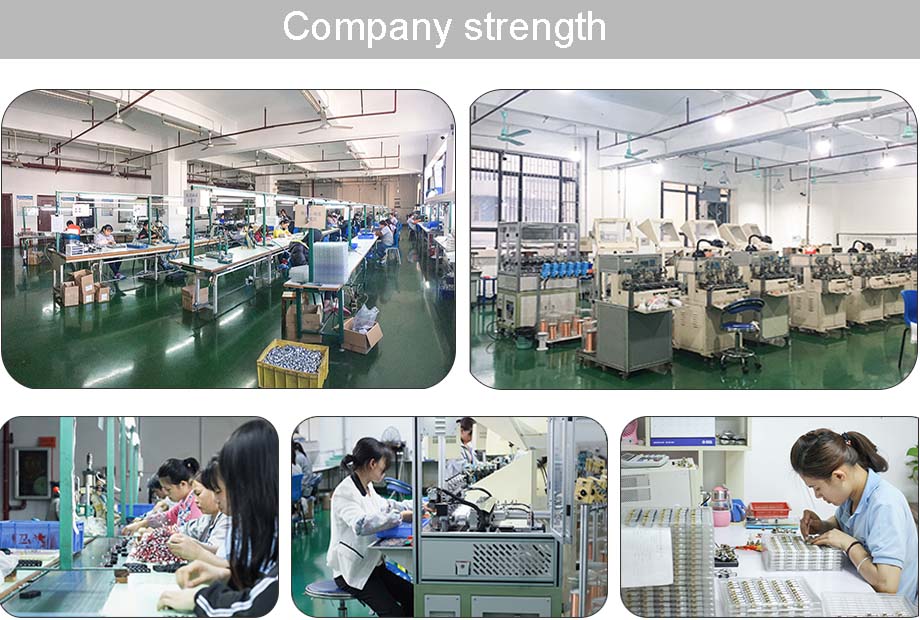
3D Printing Motor,3D Printing Gear Motor,3D Printing Pen Motor,3D Printing Spindle Motor
Shenzhen Shunchang Motor Co., LTD. , https://www.scgearmotor.com